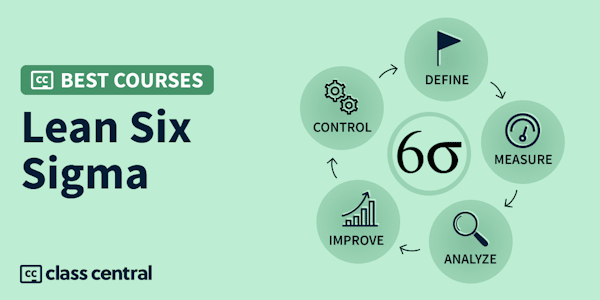Limited-Time Offer: Up to 75% Off Coursera Plus!
7000+ certificate courses from Google, Microsoft, IBM, and many more.
This course will help you prepare for the American Society for Quality (ASQ) Certified Six Sigma Black Belt (CSSBB). This course covers the topics specified in the Six Sigma Black Belt Body of Knowledge (BoK), including the core concepts of Six Sigma, Lean enterprise, and other problem-solving approaches.
By the end of this course, you will be able to
-Explain the core Six Sigma principles, methodologies, and techniques, along with the systems and tools and their use for measurable organizational impact.
-Apply the basic concepts of Lean enterprise to identify non-value-added elements and activities and use specific tools.
-Discuss the commonly used Design for Six Sigma (DFSS) methodologies and related design constraints.
-Describe the key concepts of each phase of the DMAIC framework for process improvement in the organization.
This course best suits professionals in process improvement teams with significant experience leading and executing Six Sigma, Lean, or other quality improvement projects. It is also suitable for employees working in the quality function who aim to become leaders in process improvement and raise their career standards and credibility.




